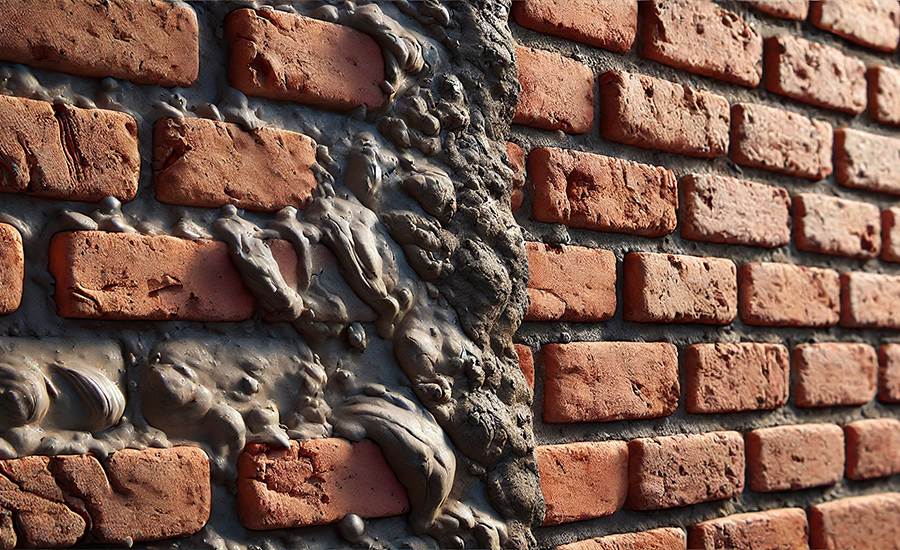
What Is The Difference Between Mortar And Pointing?
Mortar bonds the bricks, pointing protects the joints. Discover how each contributes to structural integrity and aesthetic value in masonry projects.

Mortar bonds the bricks, pointing protects the joints. Discover how each contributes to structural integrity and aesthetic value in masonry projects.
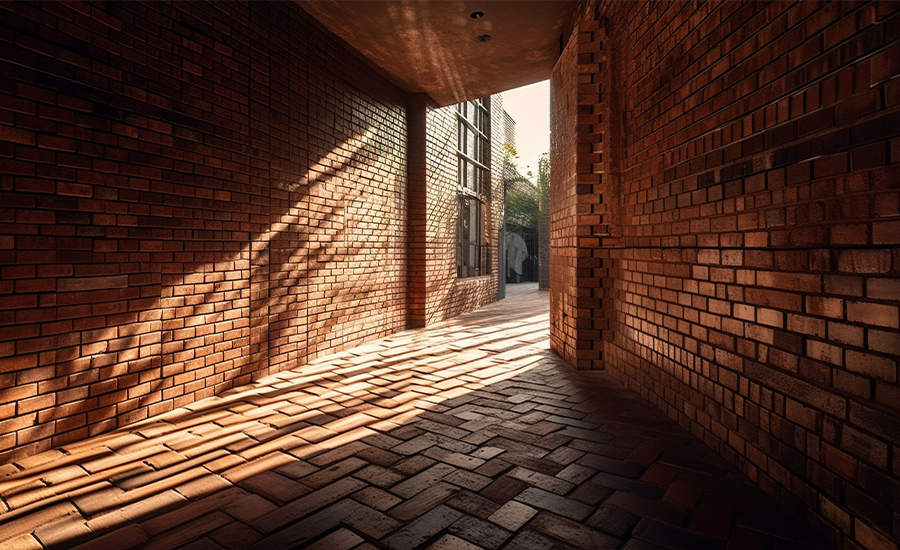
When tuckpointing is missed, mortar erodes, allowing moisture to weaken bricks. This leads to cracks, shifting, and expensive repairs. Timely maintenance keeps brickwork strong and
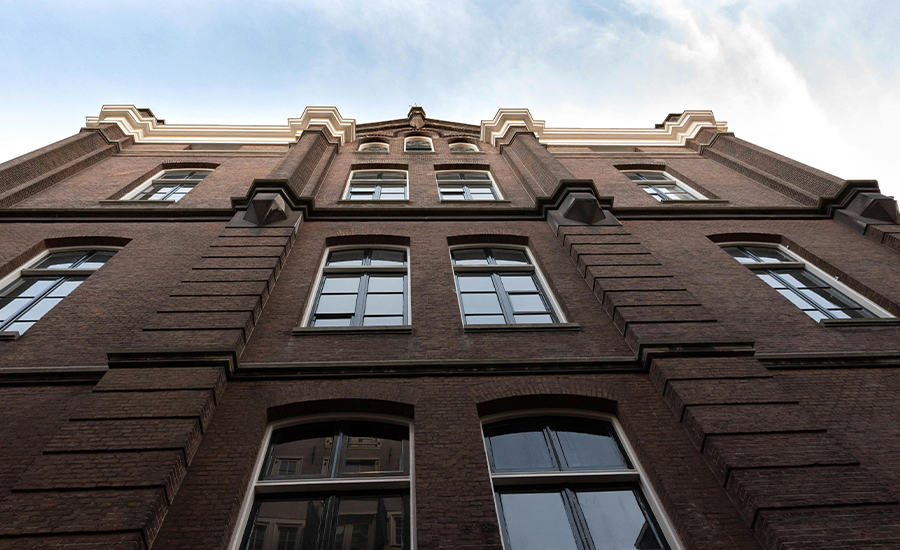
Proper brick pointing depth (1/2-3/4 inch) prevents water damage and structural failure. Essential for NYC’s harsh climate. Learn tools, techniques, and safety tips.
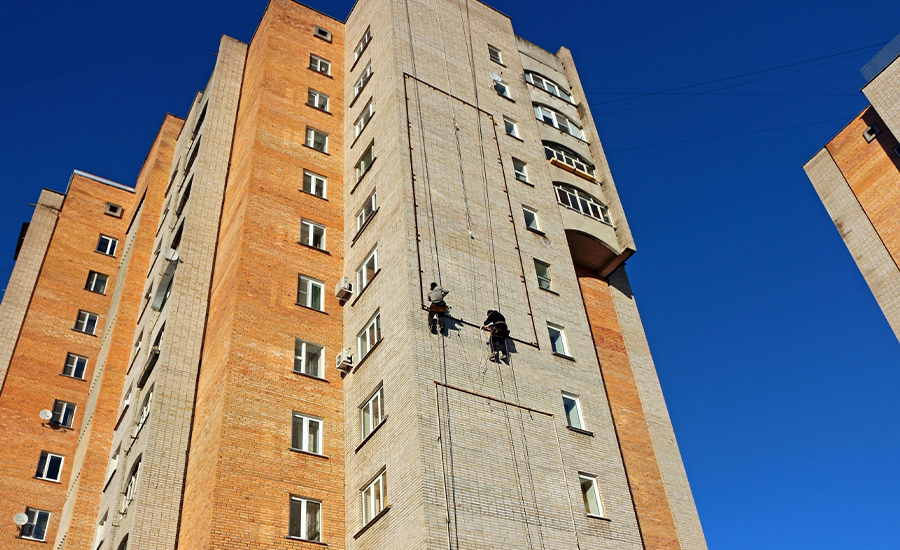
Repointing brickwork prevents water damage, structural failure, and mold in NYC homes. Learn why timely mortar repair is critical for longevity and safety.
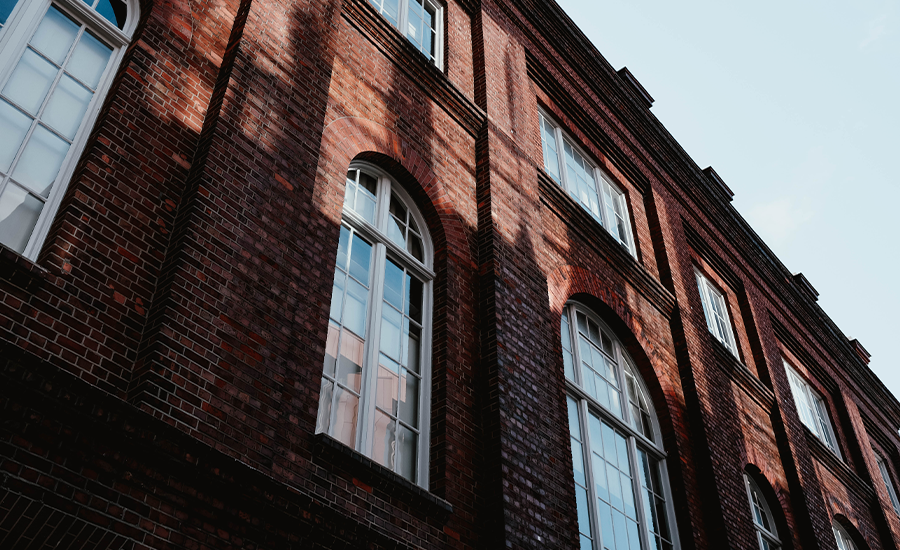
Brick repointing preserves structural stability. Learn when it’s essential vs. cosmetic, how it compares to tuckpointing, and why NYC homes need expert care.
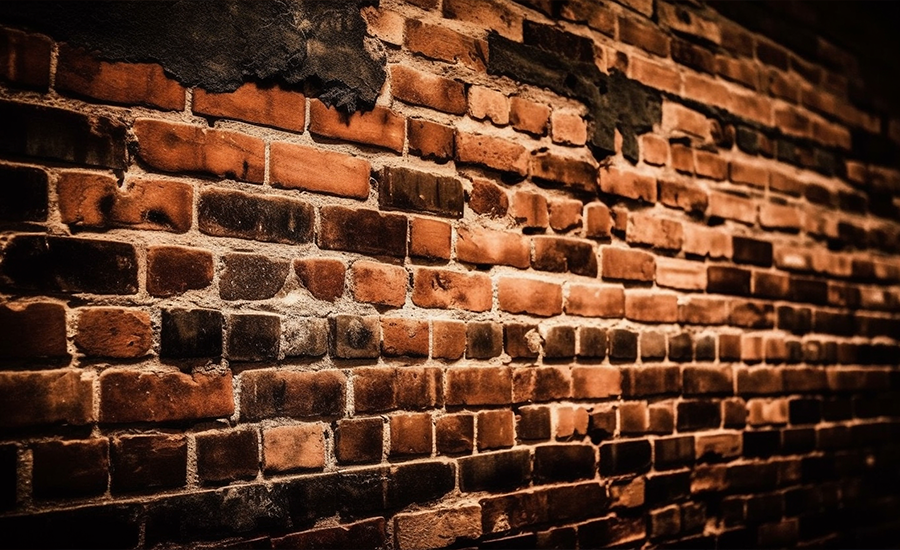
Repointing brick requires skill to remove old mortar, apply new joints, and ensure structural integrity. Learn the challenges and best practices here.
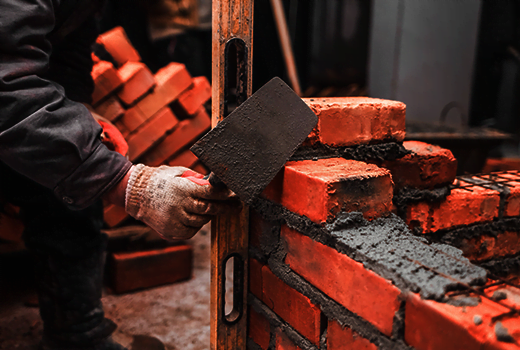
Discover how long brick pointing lasts, factors that impact its lifespan, and tips to ensure durable mortar joints for long-term masonry protection.

Learn the key difference between tuckpointing and brick pointing, their purposes, techniques, and how each method helps maintain masonry structures.

Find out how often brick repointing is needed, key signs of mortar deterioration, and how timely maintenance protects your masonry from damage.
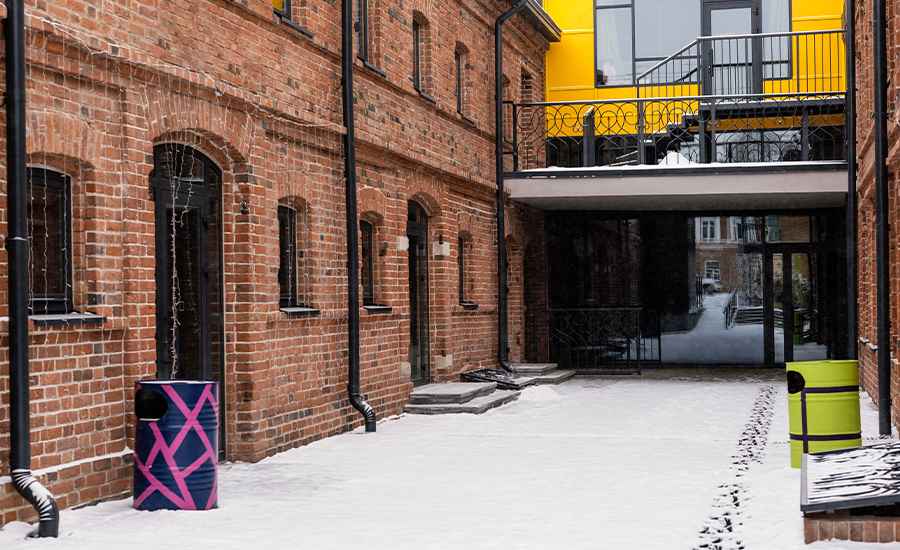
Discover how environmental factors like weather, moisture, and pollution impact brick pointing and the best ways to protect and maintain masonry.
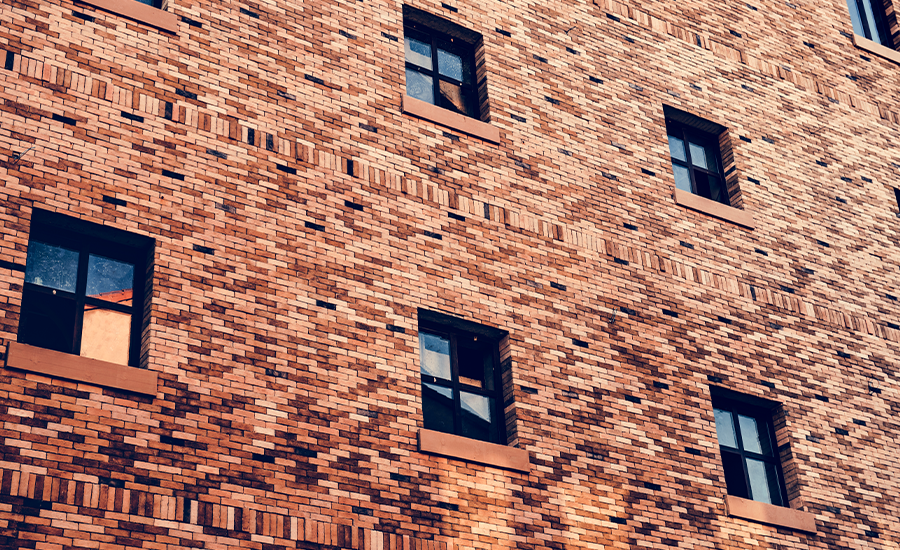
Learn about V-pointing, its technique, benefits, and how it strengthens masonry joints while adding a distinct V-shaped finish for durability and style.

Discover keyed or grooved pointing, its technique, benefits, and how it strengthens brick joints while enhancing masonry durability and aesthetics.